

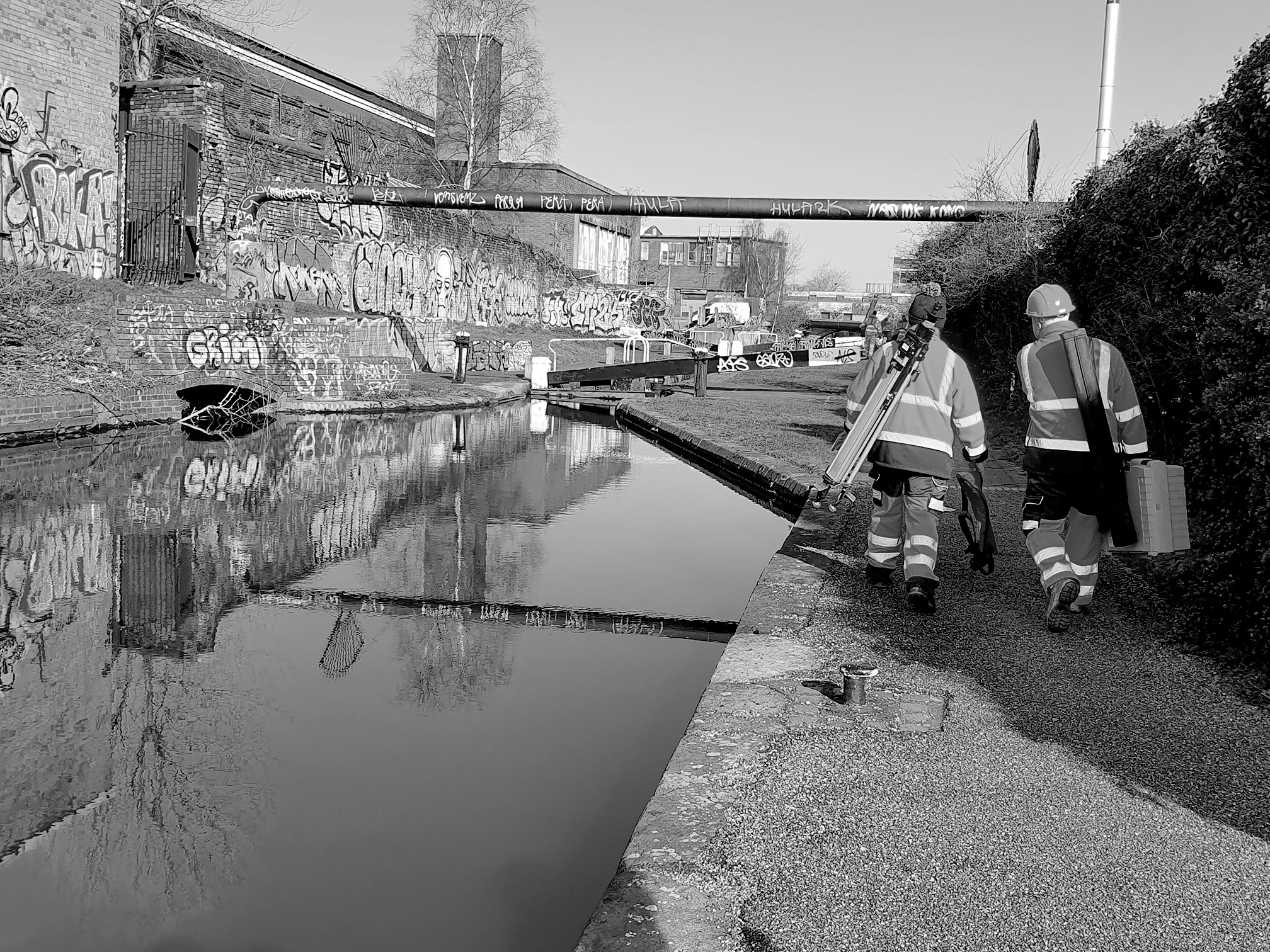
We have developed multi-sensor processing and AI software to collect image and LiDAR data semi-autonomously on robotic or floating platforms in extreme, underground environments.
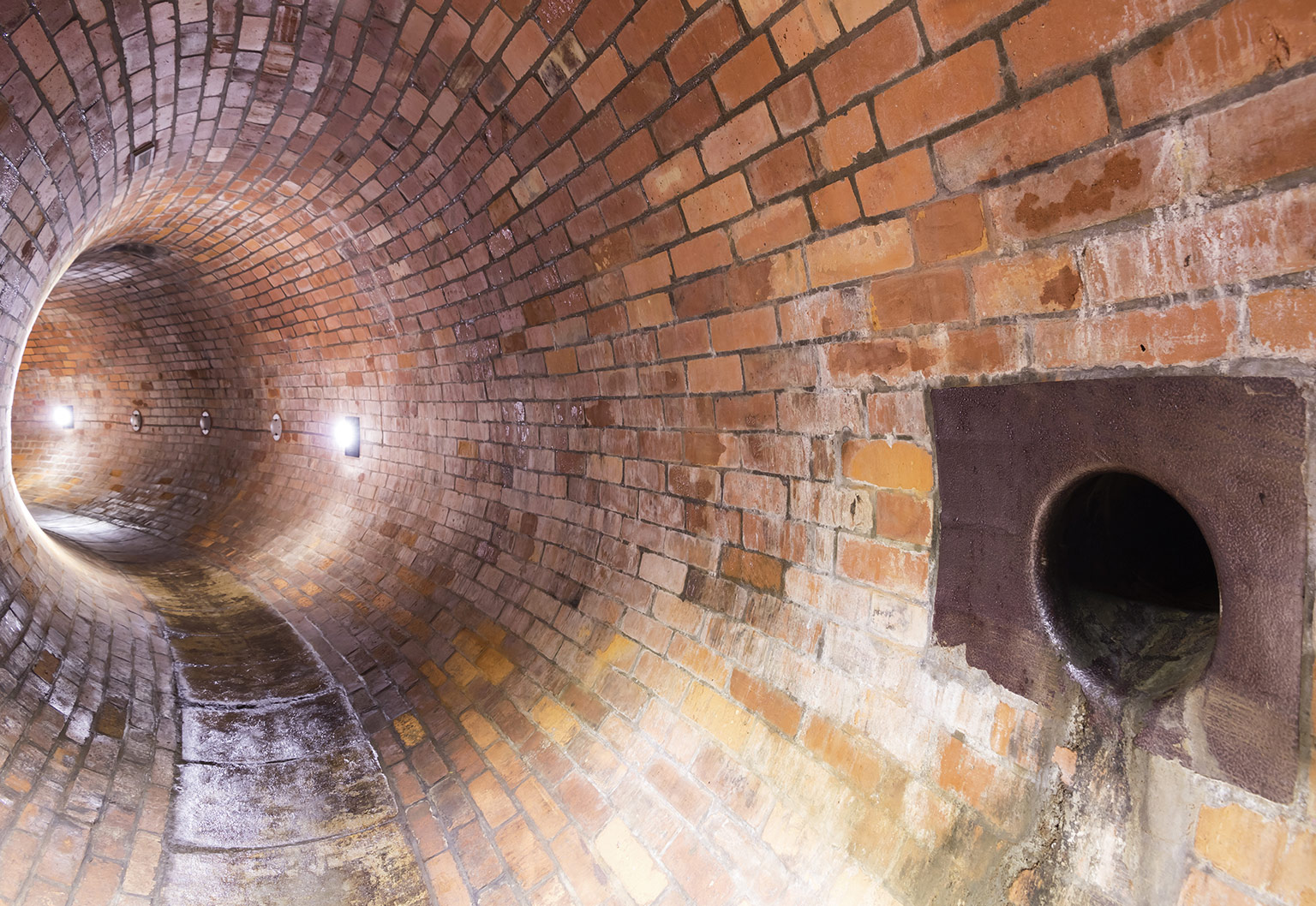

Water and wastewater infrastructure requires regular condition assessment, and in some cases there is a need to obtain geolocation information for both maintenance of utilities and for construction projects. This information is often not available, out-of-date, or requires collection via high risk and labour intensive processes. Telesto™ provides a new way to collect condition and geolocation data more safely and efficiently across large diameter (>600mm) water and wastewater assets.
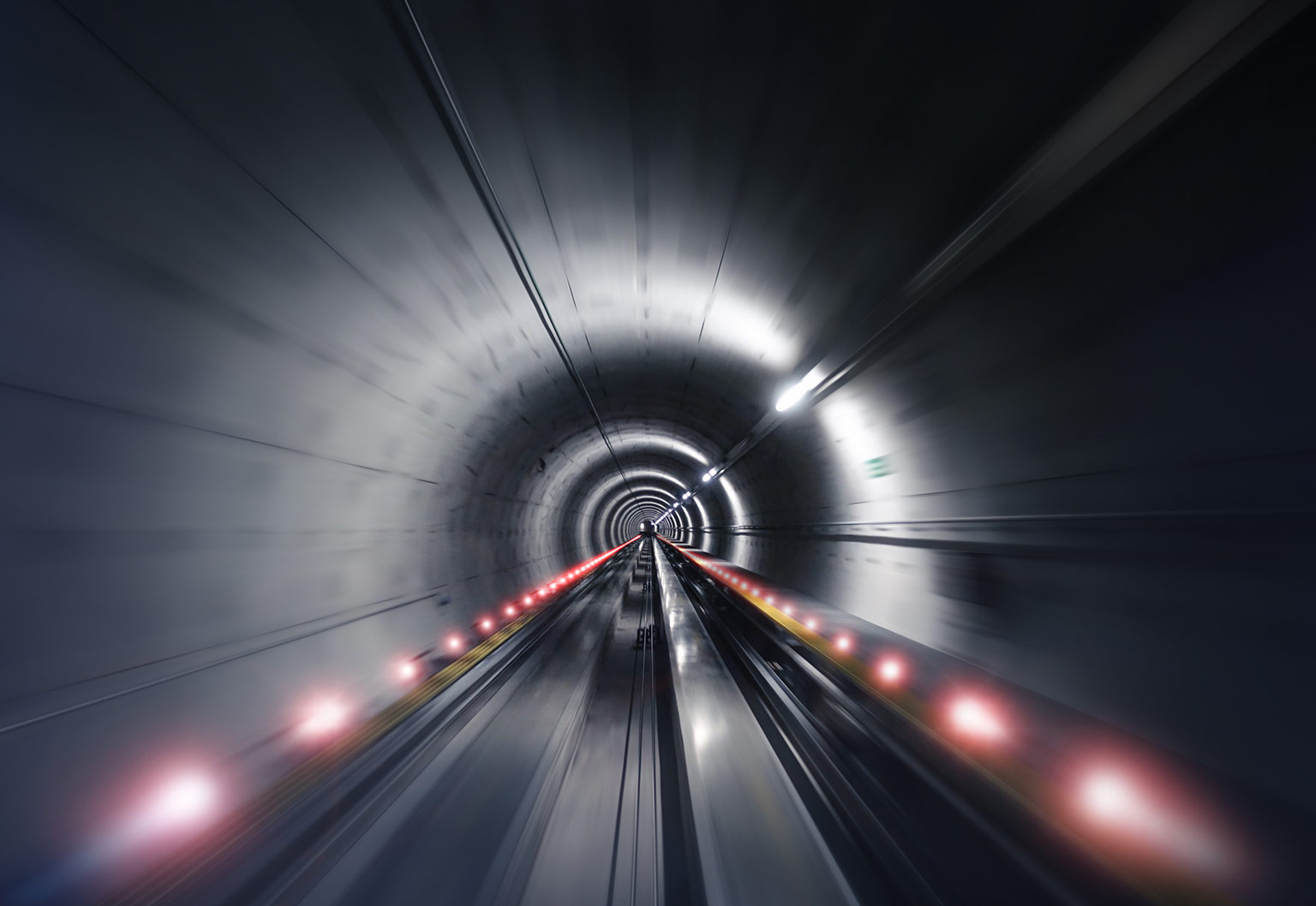

Rail and transport infrastructure (e.g. highways) consists of tunnels and other linear infrastructure that requires regular inspection. In some countries this infrastructure also pass over or is near to underground voids and abandoned mine workings, hence requires regular monitoring to assess risks. Through the Prometheus project we are developing new technologies to do so more safely and efficiently through robotics and AI.
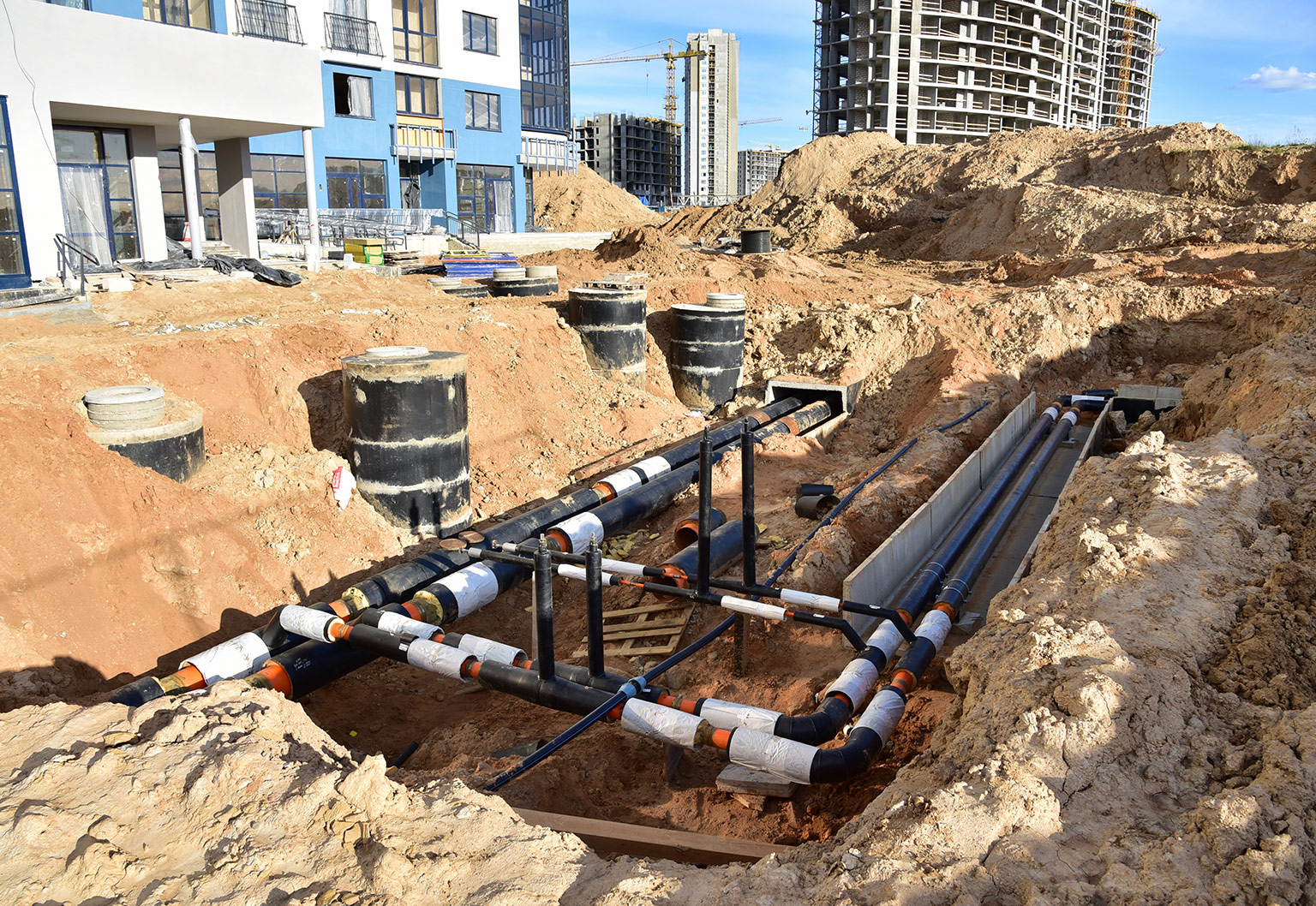

Construction and urban development is often delayed due to the need to investigate and accurately locate underground infrastructure; such as gas pipes, sewers, and cables. However, doing so is essential, especially when the construction involves piling and tunnelling work. Telesto™ provides a solution to companies looking to accurately locate the line and level of culverts, sewers, and tunnels in the design or build stage of a construction project.
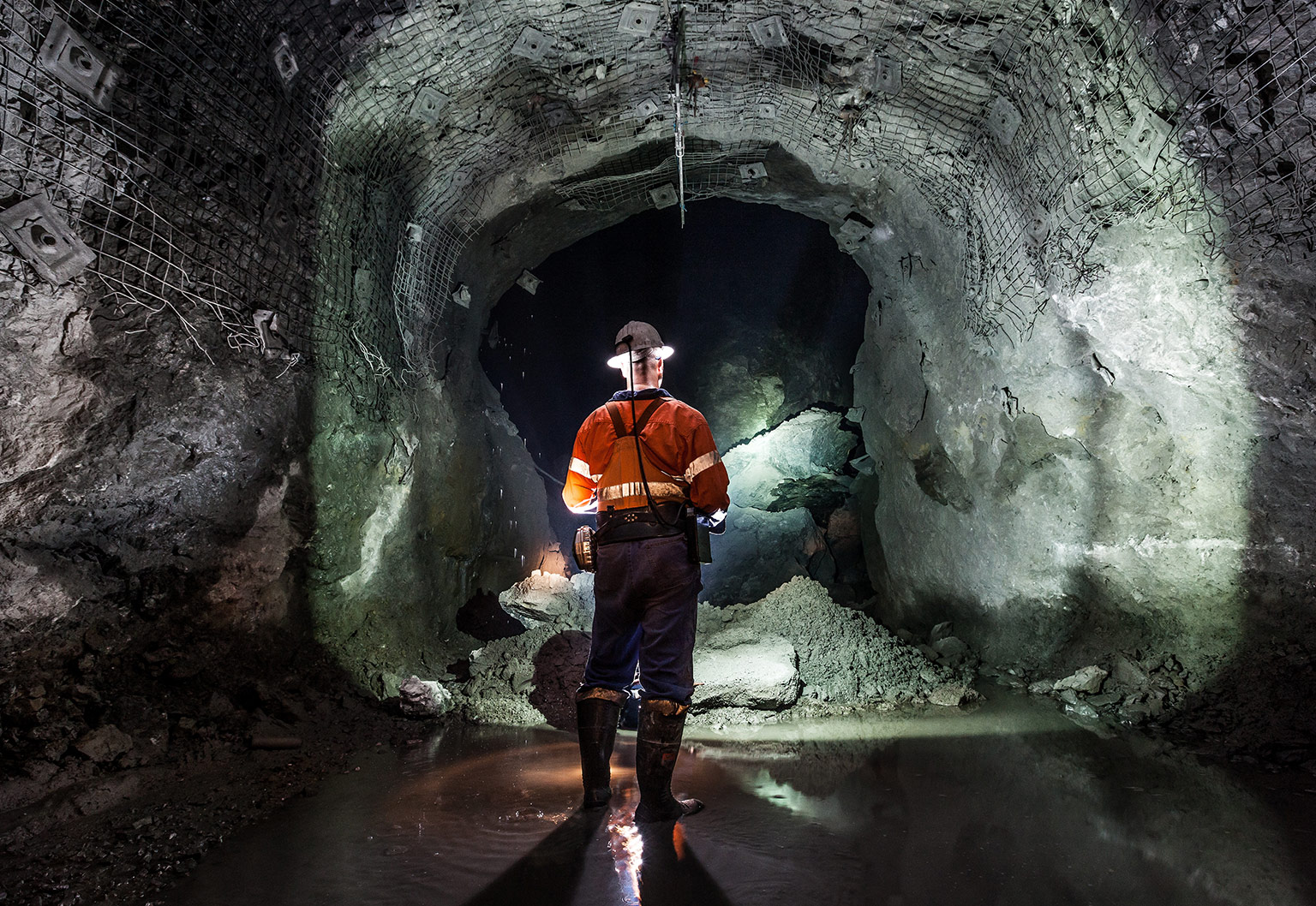

Underground mines present numerous hazards to workers and require regular surveying for health and safety. Georeferenced 3D maps are also needed in the investigation of new mines, and for active, working mines, to ensure efficient operations and value. Surveying is also needed for estimating the costs of closing a mine. Through the Prometheus project we are developing new technologies to do so more safely and efficiently through robotics and AI.
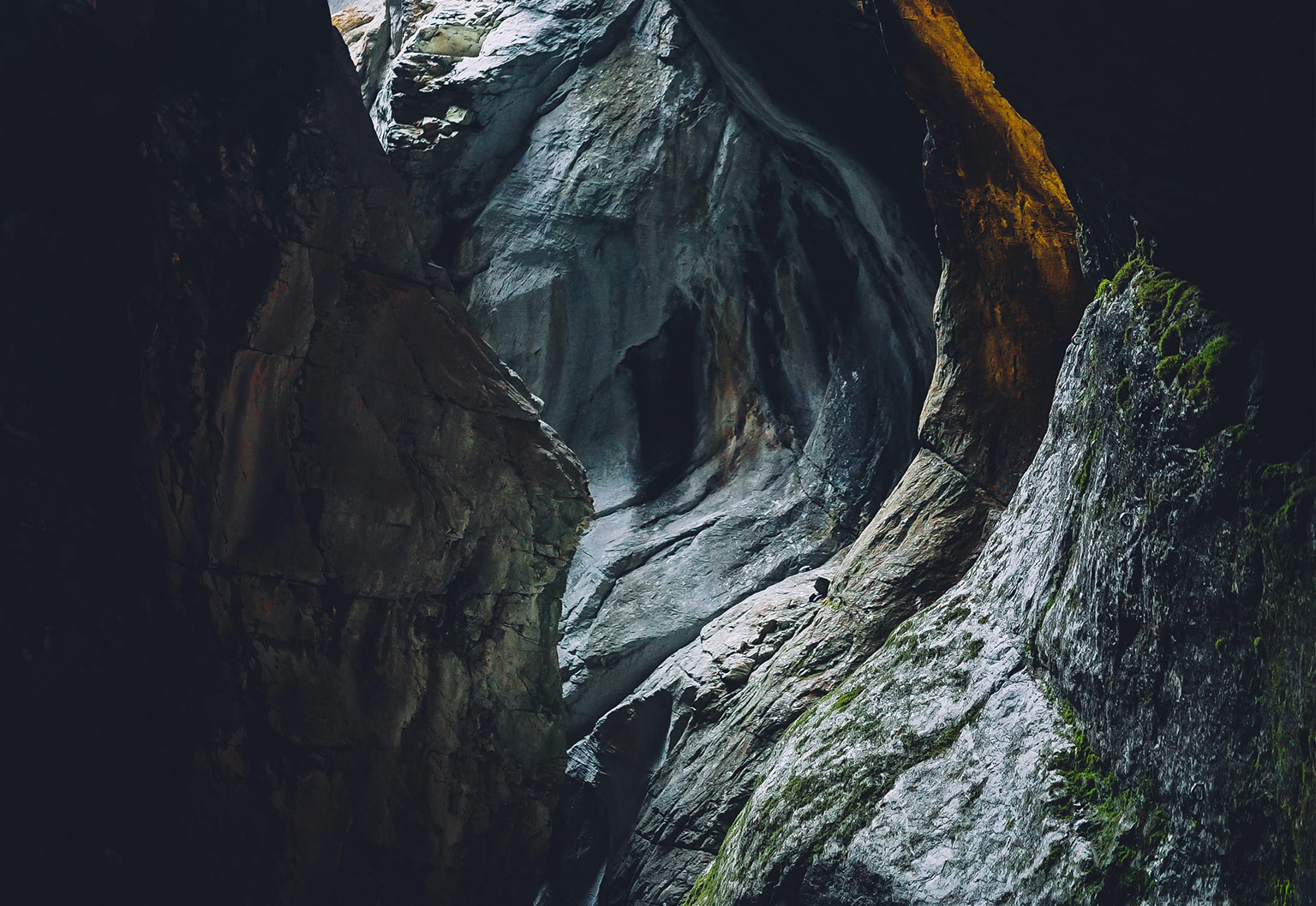

There are numerous underground environments where people can readily become lost or trapped. There is a need for new technologies that can assist search and rescue teams in such circumstances. We’re developing technologies that can enable enhanced sensing and navigation in underground environments, which we seek to incorporate into solutions that can help search and rescue teams.
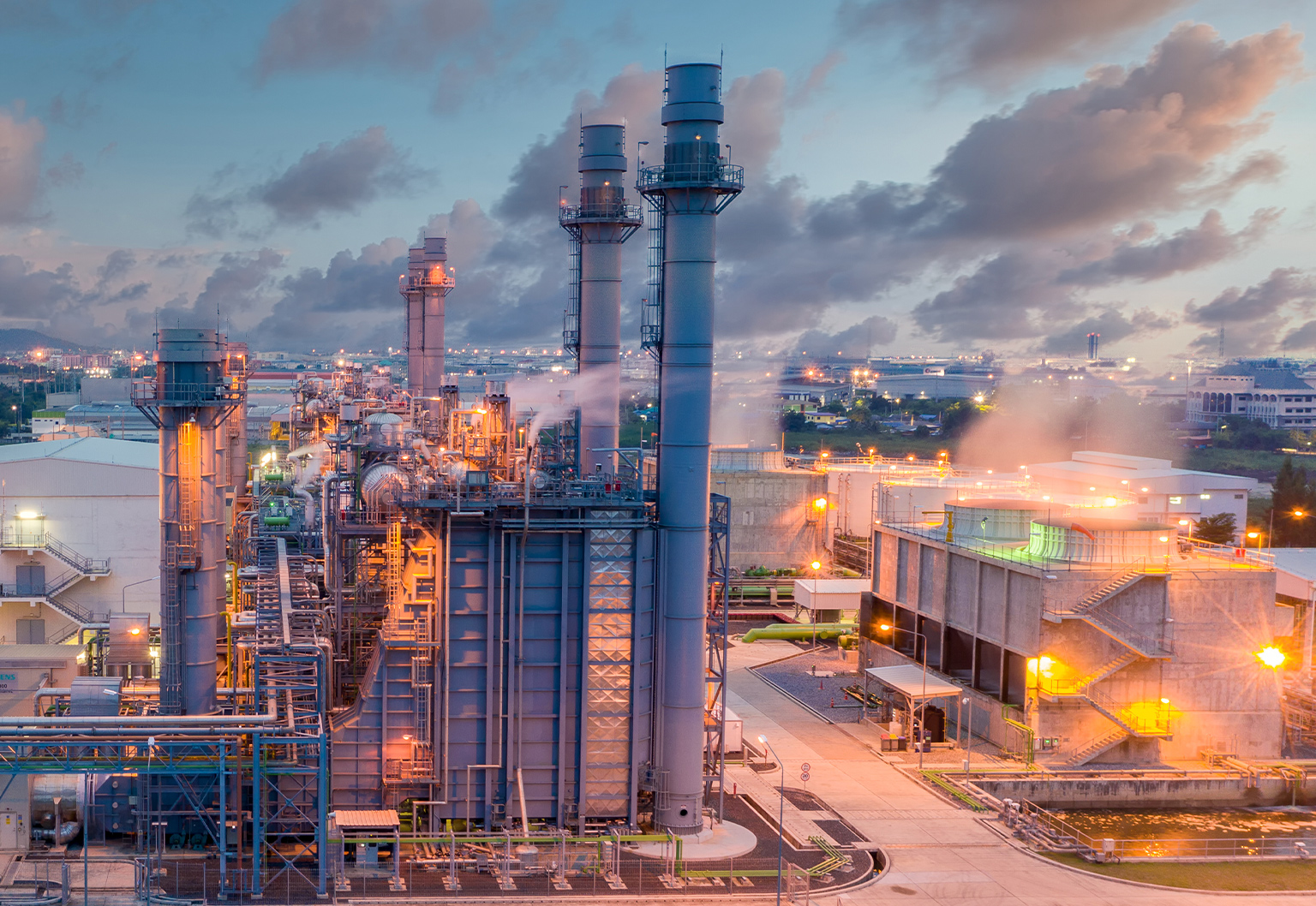

Across many offshore applications there are a variety of pressure vessels, containers and other confined spaces, that require regular inspection. This is mostly to assess the condition of such structures for health and safety, and to ensure they remain efficient from an operational perspective. Through the Chimera project we are developing new technologies to do so more safely and efficiently through robotics and AI.